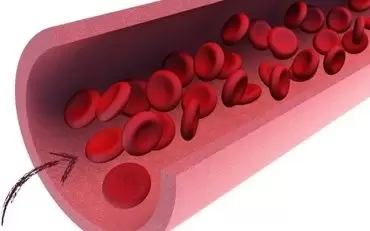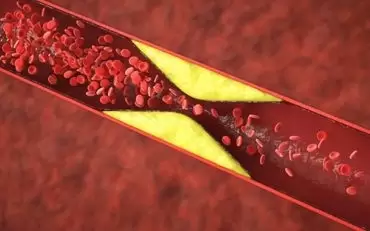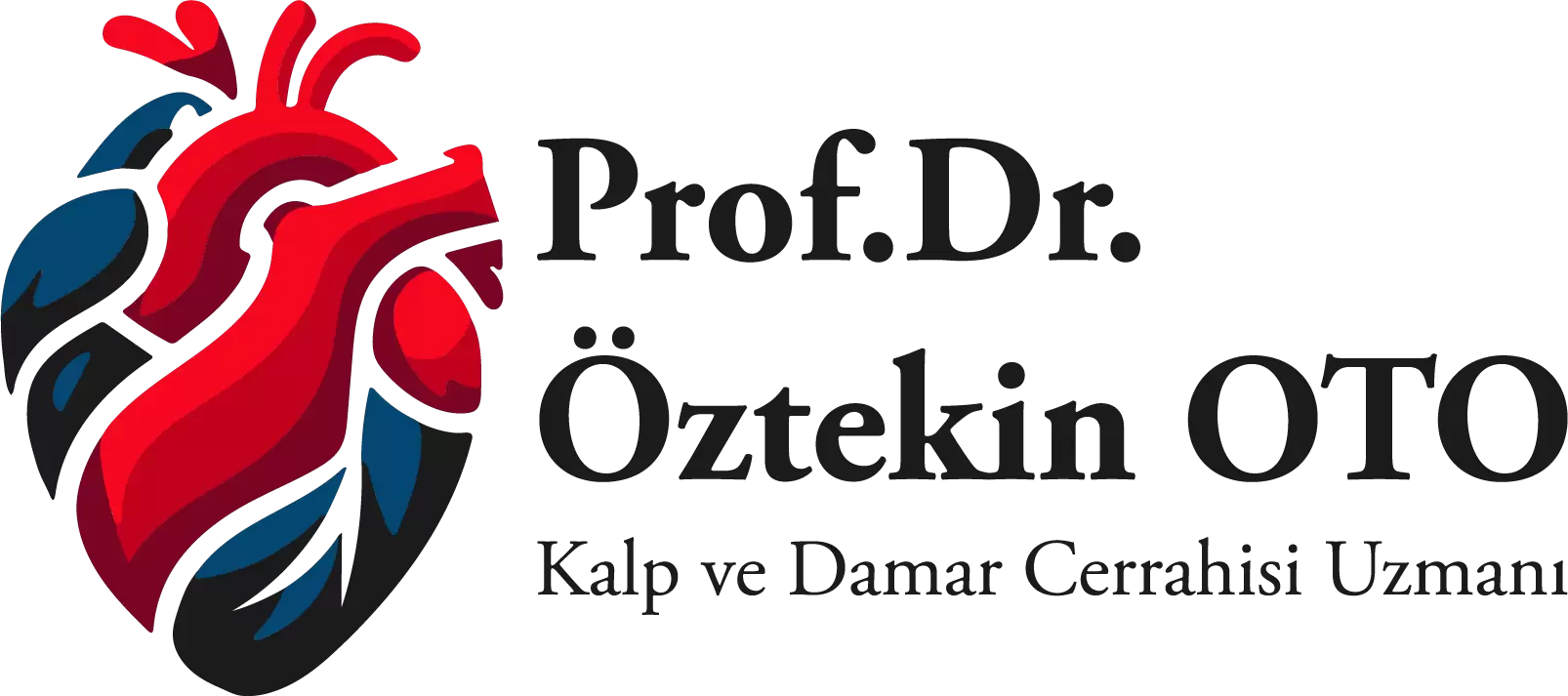29 Oca
What is Stroke?
What is stroke?
In general terms, it is described as the general or partial loss of function resulting from the obstruction or injury of brain vessels due to several reasons. Inability to walk, inability to use hands and arms or weakness in the extremities are in general defined as stroke (paralysis).
Each patient may manifest a different form of stroke, depending on the type and extent of injury to the brain vessels. Stroke is divided into two different groups based on the its causes;
- Obstruction of the blood vessel with a clot (ischemic stroke): these are the problems associated with obstruction of brain vessels. The cause can be embolic (the clot is obstructing the vessel) and thrombotic (fat and plaque within the vessel are obstructing the vessel), and thus oxygen cannot reach to the brain cells.
- Brain hemorrhage (hemorrhagic stroke): It occurs when the vessels supplying blood to the brain are damaged and thus the related blood vessels leak. It is common in hypertension patients and may occur in two ways;
- Intra-cerebral hemorrhage: A blood vessel inside the brain bursts and leaks blood into the brain.
- Subarachnoid hemorrhage: It is caused when the vessels on the surface of the brain burst. There is bleeding in the space between the brain and the skull. It mainly occurs due to the burst of an aneurysm.
How do we recognize stroke?
There are certain signs of stroke. These signs are very important both for the patient and his/her relatives. It is important to immediately visit a doctor when there is sudden headache and dizziness together with loss of balance, sudden difficulty to control arms and legs, sudden vision loss, difficulty in comprehension and speech or sudden weakness at any part of the body.
What are the causes of stroke?
Factors leading to stroke are the problems that adversely affect the overall health of the individual and reduce the quality of daily life. There are also life-style related factors that cause stroke. Some of the causes of stroke are:
- heart rhythm disorders
- arterial stiffness (atherosclerosis)
- hypertension
- smoking and using other tobacco products
- problems associated with the circulation system
- use of alcohol
- diabetes
- sedentary life style without exercising
- being overweight (obesity)
What are the treatment options for stroke?
As for the treatment of stroke, the overall health status of the patient is firstly assessed and the factors leading to stroke are identified. Therefore, stroke treatment starts with treating and controlling the factors causing the stroke. Stroke related immobility of the patient also leads to other health problems such as:
- bedsores
- joint disorders
- problems associated with the respiratory system
- deep vein thrombosis, particularly on the legs
Taking the necessary to steps to avoid the above listed problems is also an integral part of the treatment process.
Physical therapy and use of assisting devices (orthesis) also play a major role in stroke treatment. Furthermore, botulinum toxin injection is another widely used method in stroke treatment in the recent years. It helps to prevent any further damage to the joints of the patient and to feel less pain.
Related Articles

Venous Insufficiency (Venous Reflux)
Veins are functional vessels taking part in redelivery of deoxygenated blood back into the heart. Th..
Read More
What is HDL Cholesterol?
HDL cholesterol, which is also named as good cholesterol, is a protein that leads to severe health p..
Read More
Oh My Heart Hurts!
We sometimes underestimate the chest pain we experience in many periods of our lives and say, “It’s ..
Read More




